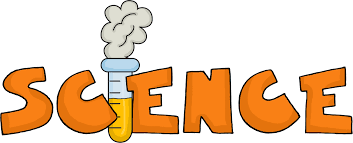overview
Students can be discouraged from
exploring fields like Physics and Mathematics
due to the fact they cannot easily understand
the connections and relevance between key
concepts they are learning in these fields and
the activities which they enjoy daily. The
demonstration, “Air Hockey: A Demonstration in
momentum” seeks to
address this concern by making connections
between curricular concepts like momentum,
impulse, and conservation during collisions with
activities, namely sports, that play an active
role in students’ lives. Applications of this
demonstration go well beyond the classroom, and
curriculum and are applicable to many real-world
situations.
The demonstration consists of five
parts:
1.
A collision of a puck and a wall
2.
A collision of a moving and a stationary puck
3.
A collision of two moving pucks
4.
A collision of two moving pucks that stick to form one body
5. A collision of a moving puck and a stationary puck where the pucks collide and stick to form one body
Example of video analysis during demonstration of two moving pucks colliding and sticking:



